You're nearing the final stages of your journey to a celebrity smile. You're taking the final strides to complete your clear aligner treatment, but the journey isn't over yet. Incoming: Teeth Retainers.
We KNOW you would have been told in one of your initial consults that there would be a period after your treatment where you would be required to wear a retainer. But we also realise that you would have been hyper-focused on the duration of your aligner treatment, the result and not much, if anything that follows post treatment.
Not to worry, we're here to give you a complete rundown on teeth retainers, including how they work, retainer types, and uses. So strap in because in this blog we will deep dive into everything you need to know about teeth retainers, how much retainers cost, how long you need to wear them, the different types of retainers and how to protect your orthodontic investment.
So, let's start from the beginning:
What are Retainers?
Retainers are a post-orthodontic treatment method used to maintain your glorious new smile.

What do Retainers do?
There's an obvious reason they're called retainers… they 'retain' that stunning, marvellous, eye-catching accessory that is your post-orthodontic treatment smile. But we'll elaborate, just in case you need more info.
Some of our patients' most commonly asked questions are 'What do retainers do?' and 'Do I really need to wear a retainer?'
Wearing retainers combats the teeth's natural tendency to move. So, unless you want your teeth to return to their previous positions, you will need to wear an orthodontic retainer.
It takes time for your gums, bones and muscles to adapt to your new and improved grin. So, while everyone adjusts to their new normal, you need to prevent a relapse and protect your newly straightened teeth by wearing your dental retainers.

Types of Retainers
When it comes to the types of retainers out there, you essentially have two choices.
Fixed Retainers
Fixed retainers, also known as bonded or permanent retainers, are essentially a metal wire that takes up indefinite residency in your mouth. They're secured to your teeth with a glue-like bonding agent, preventing your teeth from moving. Fixed retainers are a life-long commitment, but are also extremely low maintenance. EXCEPT when it comes to flossing. Flossing around, under and in between teeth that are held together with a fixed retainer becomes a chore in itself each morning and night.
Removable Retainers
Like clear aligners, removable retainers are custom-made to suit your teeth and retain your treatment results. They must be worn for a certain number of hours daily but can be removed for eating, drinking, and brushing your teeth—you know the drill by now.
Due to the nature of removable retainers, there are some risks associated with them. These include but aren't limited to:
-
People tend to lose their retainers
-
Dogs enjoy chewing their owners' retainers if they are left lying around
-
Retainers don't enjoy extreme heat, and you can disfigure them by drinking your morning hot beverage of choice before removing them
-
Removable retainers also have a general lifespan of 6-12 months, meaning that you must consider replacement costs for all these things
-
Many confuse clear plastic retainers with aligners, but these are designed to maintain, not actively straighten teeth
How Much Do Retainers Cost?
Ahh, yes, this is the one question that is truly a determining factor for several oblivious patients who stubbornly think they're done with treatment once their aligners come off.
There are a couple of options for teeth retainers, each with its own set of benefits (which we'll get to later), and with them come differing price points.
Now, we can't speak for anyone else, but our Bitesoft removable teeth retainers are a modest $150 for the set or $75 for one arch only (for those who only have treatment done to one row of teeth - find out more about that unique offering here).
As far as bonded retainers go, we offer these as well to our patients. A bonded retainer costs between the $600-$750 mark, depending on which clinic is local to the patient. With care, these can last up to 10 years!
How Long Do You Need to Wear a Retainer For?
Simply put: FOREVER.
Or until the time when you're sick of having a straight set of chompers and would prefer to revert to whatever state your teeth were in prior to treatment.
Look, using the term 'forever' may have been coming on a little too strong. However, our specialists recommend that retainers be worn vigilantly for six weeks following your treatment, as this is the passive healing phase. Here's what they recommend:
Two weeks post-treatment: 22 hours per day
Third and fourth-week post-treatment: 18 hours per day
Fifth and sixth week post-treatment: 12-14 hours per day
After those six weeks, maintain your smile by wearing your retainer for at least 8 hours per day indefinitely to avoid movement or change.

How to Protect Your Smile
Apart from a few maintenance and lifestyle adjustment issues, the benefits of using retainers far outweigh any negatives associated with them. Said benefits include:
-
Maintaining your treatment results: Wearing a retainer helps to hold the teeth straight in their new place after orthodontic treatment, so your treatment effects are maintained over time.
-
Protecting the investment: Any orthodontic treatment will cost you a pretty penny, so you want to keep that investment intact. If you've spent months wearing braces or clear aligners, using a retainer ensures your results don't regress.
-
Improving oral health: Straighter teeth are ultimately cleaner teeth. Using a retainer keeps the teeth in the correct position, making it easier to brush and floss properly, reducing the risk of cavities and improving oral hygiene.
-
Comfort: We're about to toot our own horn here shamelessly, but our retainers are made from Zendura FLX and are designed to be as comfortable. Our retainer is based on your final alignment, so WE KNOW your smile is set to last!
-
Hygienic: Our bitesoft retainers are also easy to clean and maintain, allowing you to wear them for up to a year without replacing them. To keep your retainers in top condition, we recommend using our Aligner & Retainer Cleaning Tablets for a powerful, hygienic clean that helps extend their lifespan.
In conclusion, we'd like to reiterate what we've already mentioned in this post. Orthodontic treatment is an effective teeth straightening solution, but it's wearing a retainer that gives you a lasting result. Whether you choose a fixed or removable retainer, reach out to our team to help you navigate what retainer is best suited to you and your lifestyle.
Our final professional opinion?
Wear your retainer.
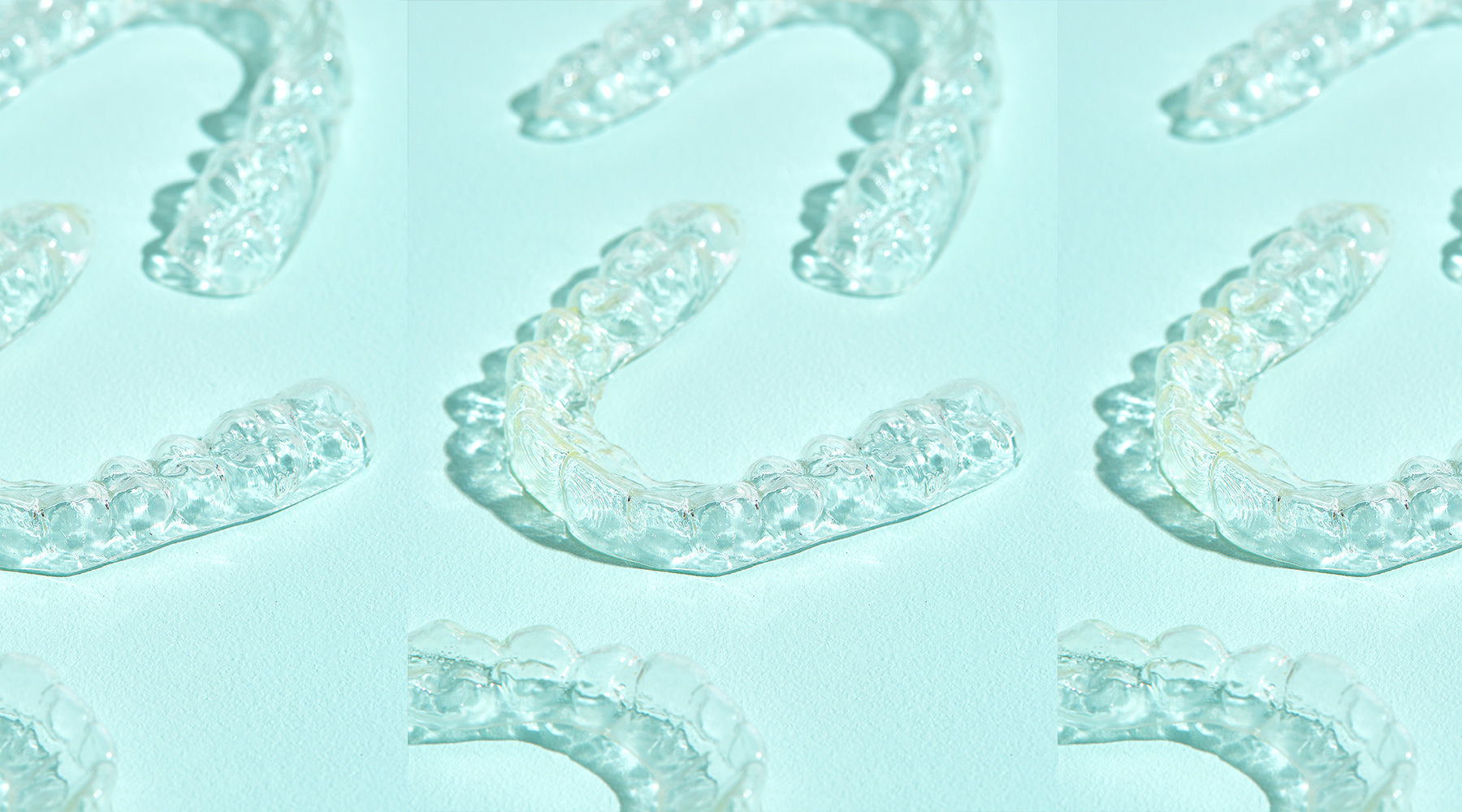

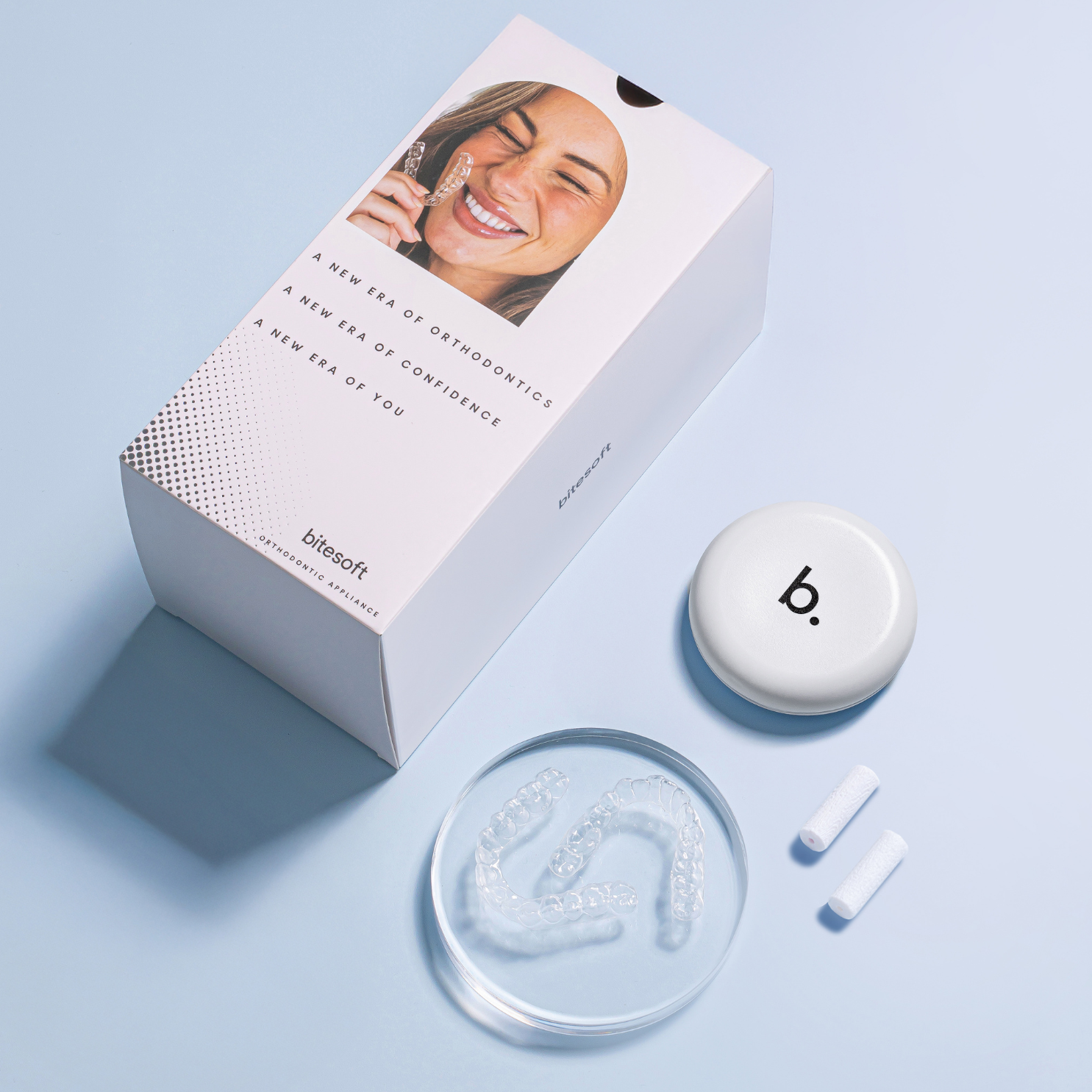

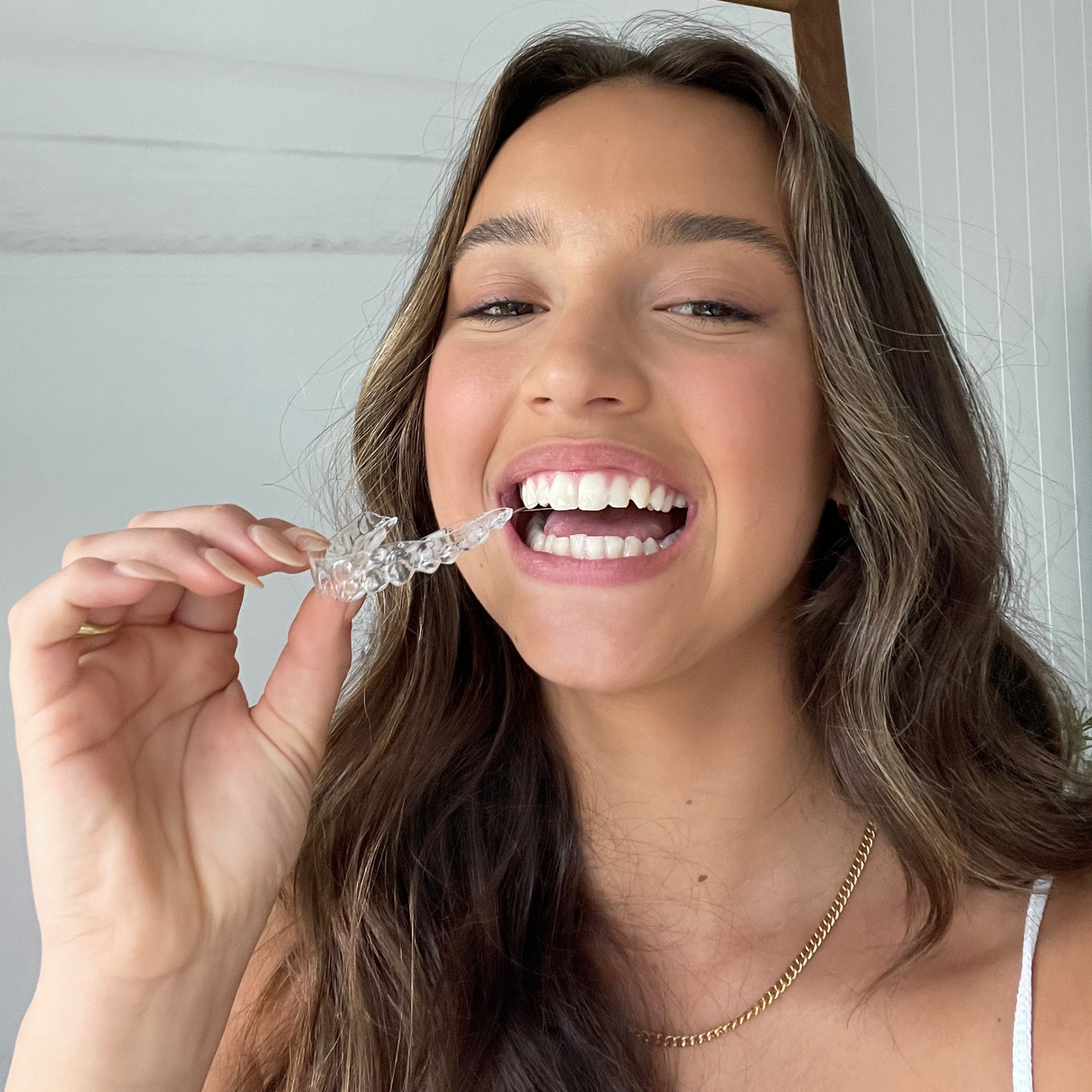

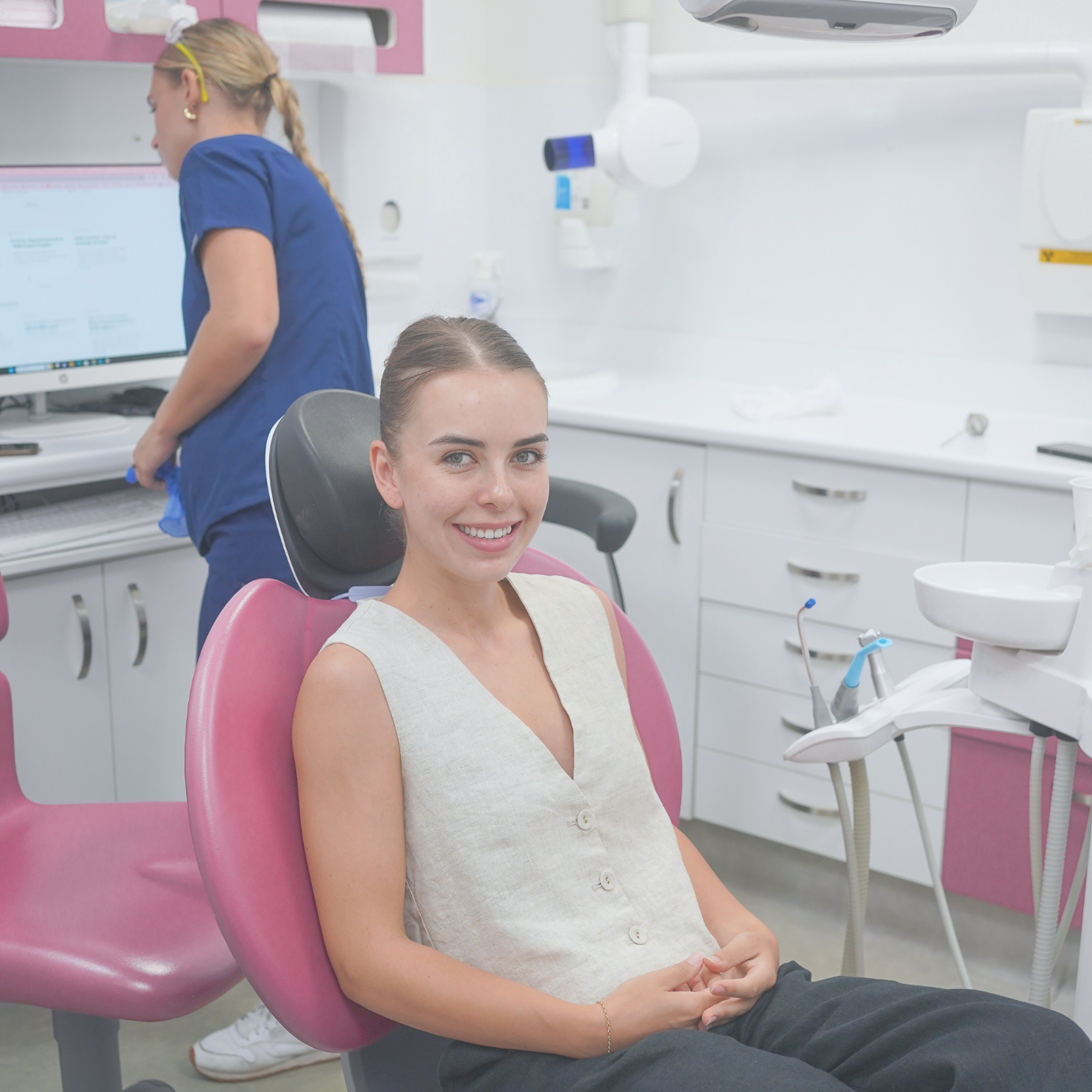
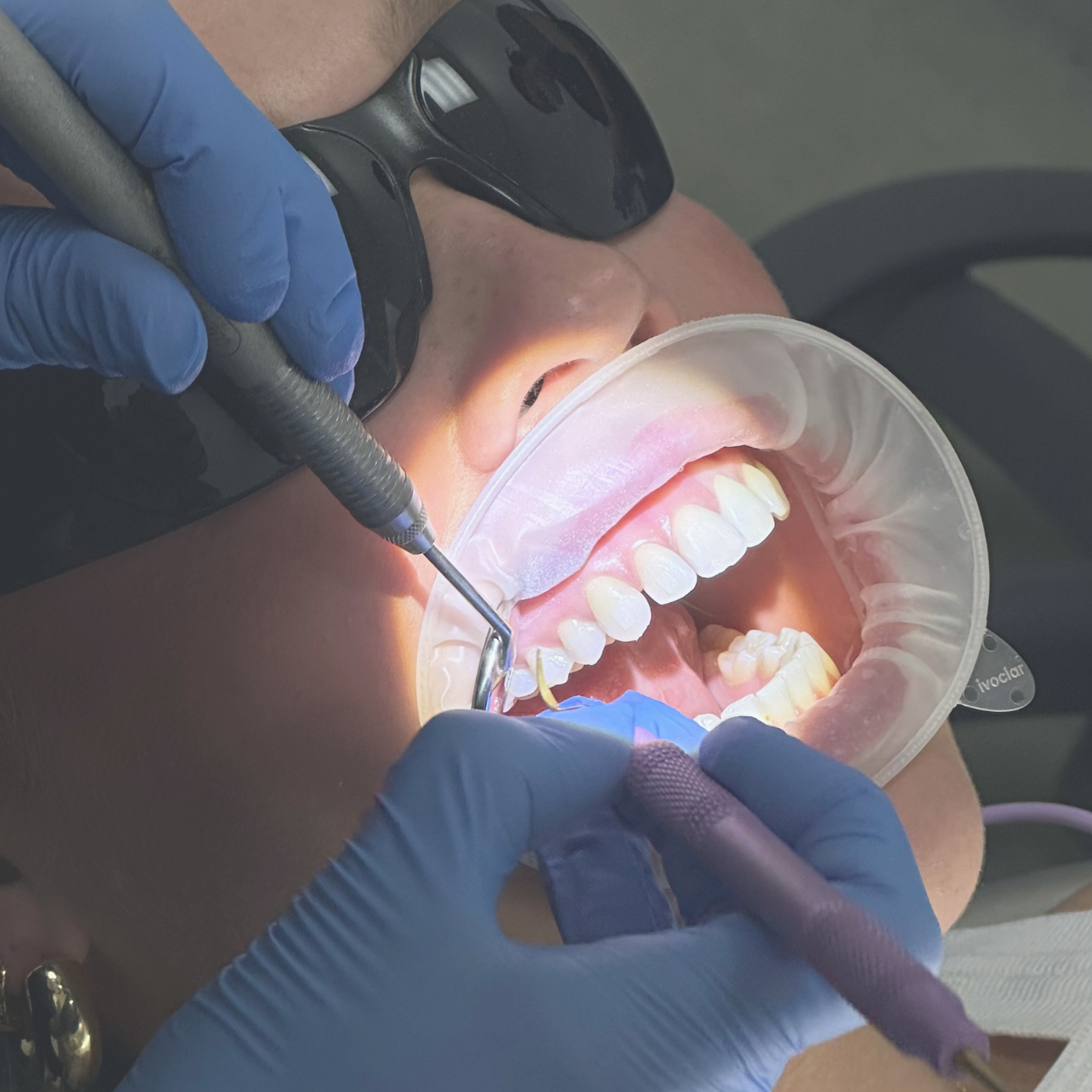

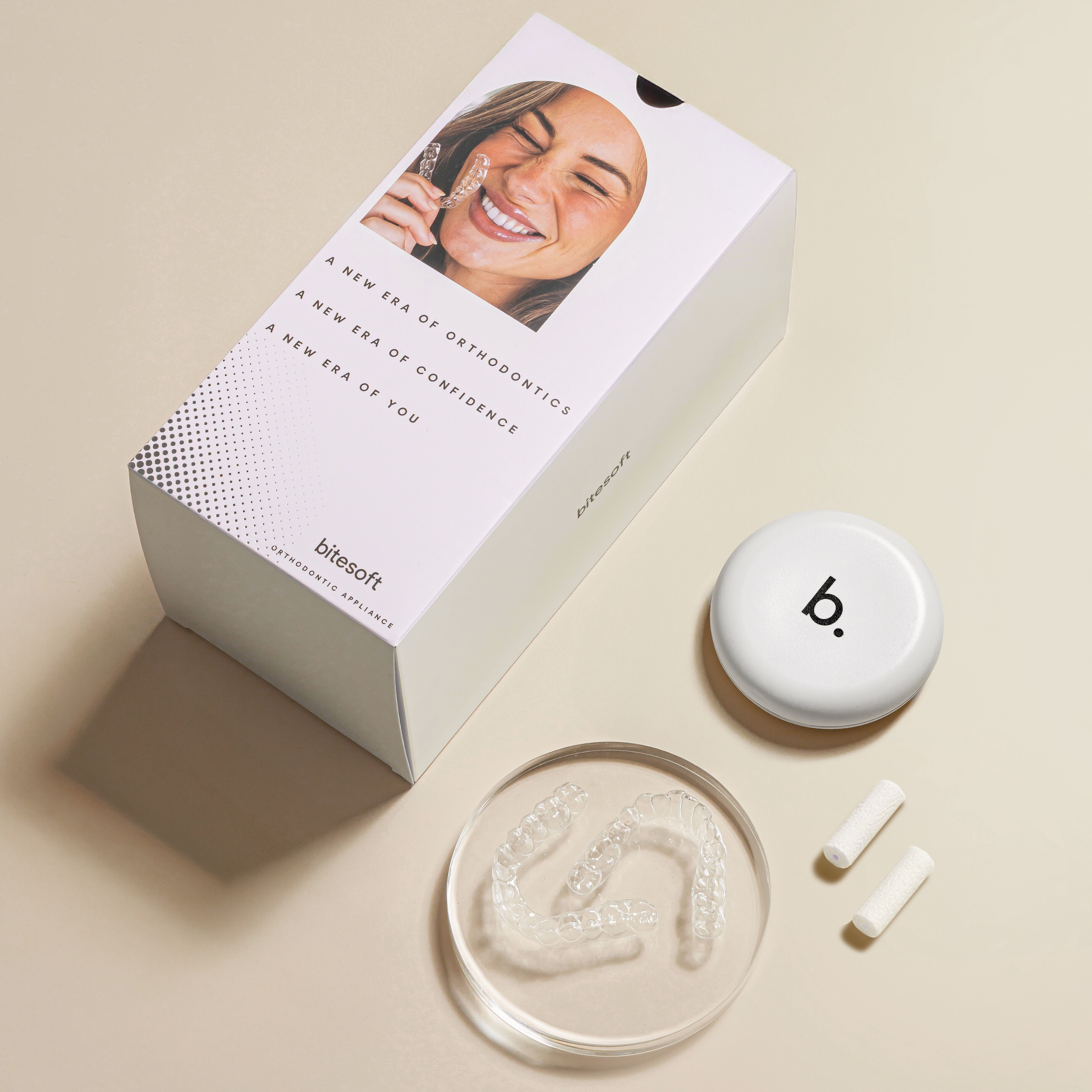
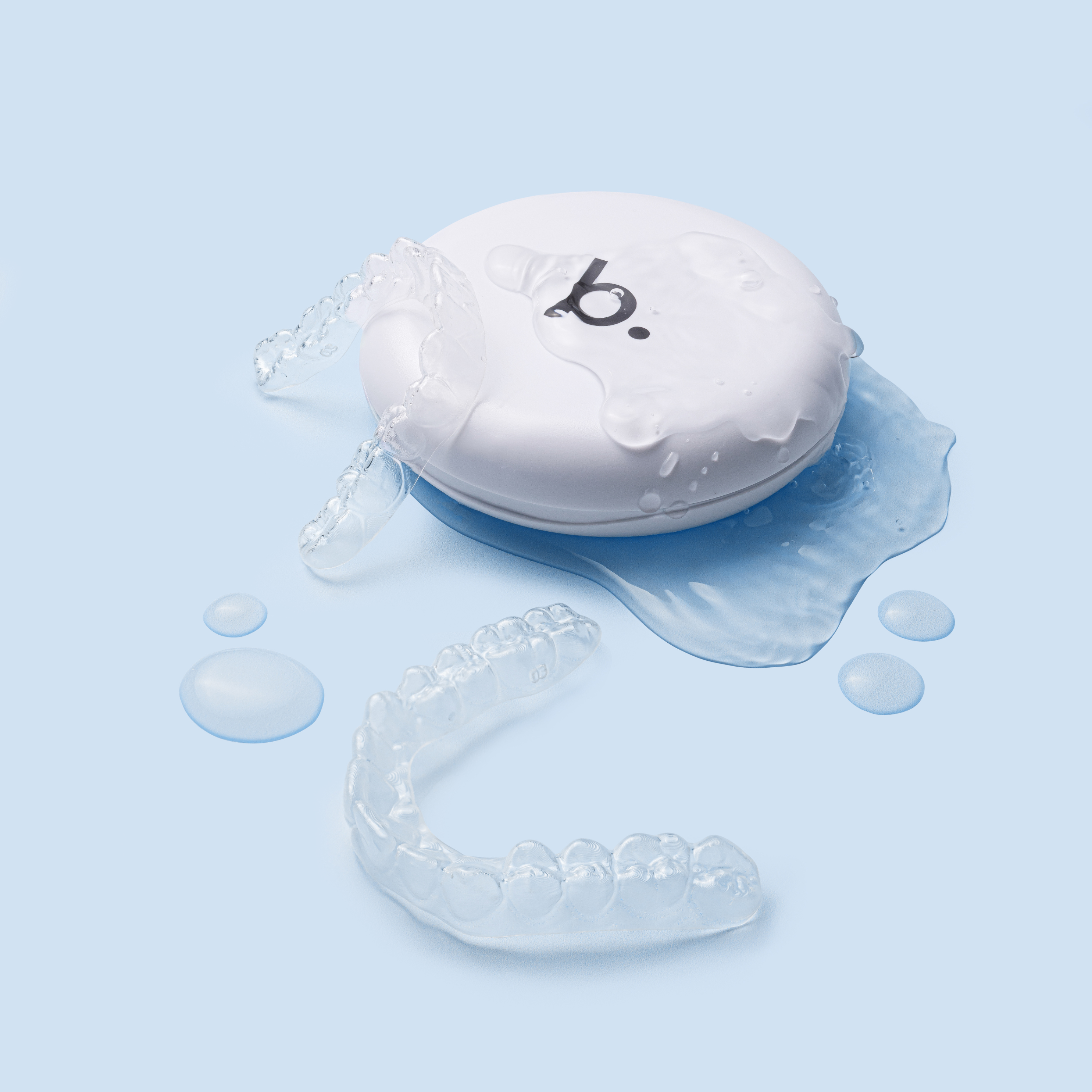
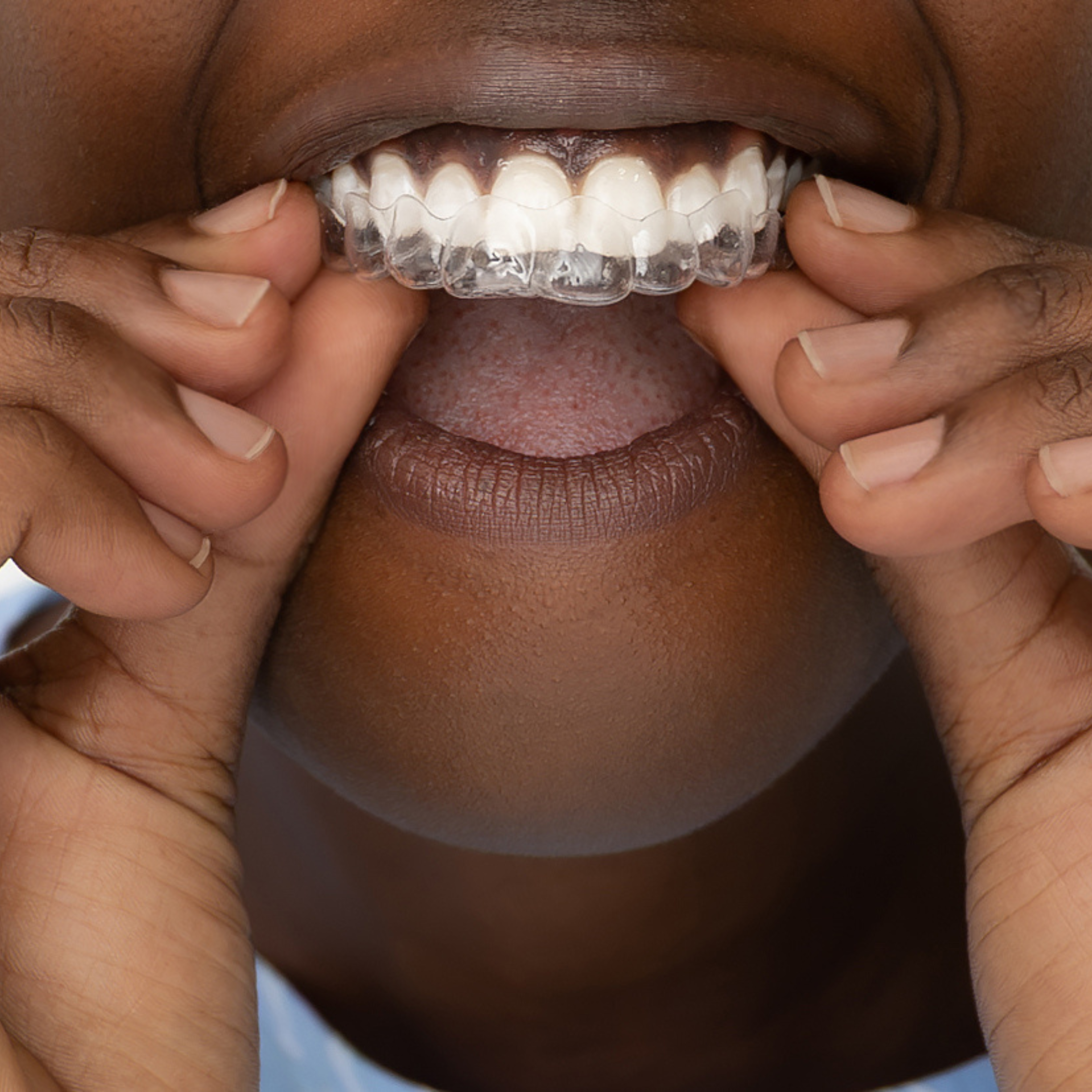

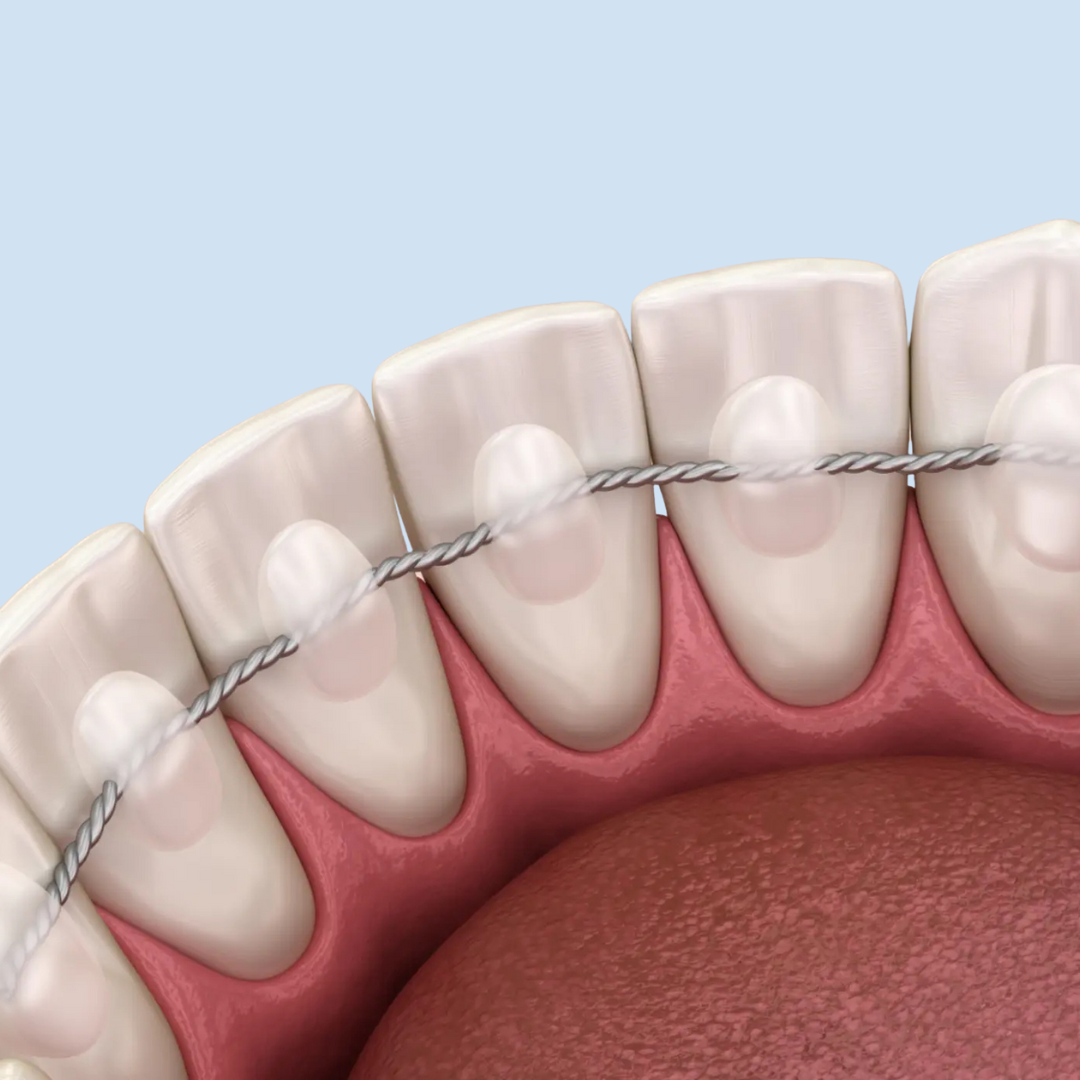





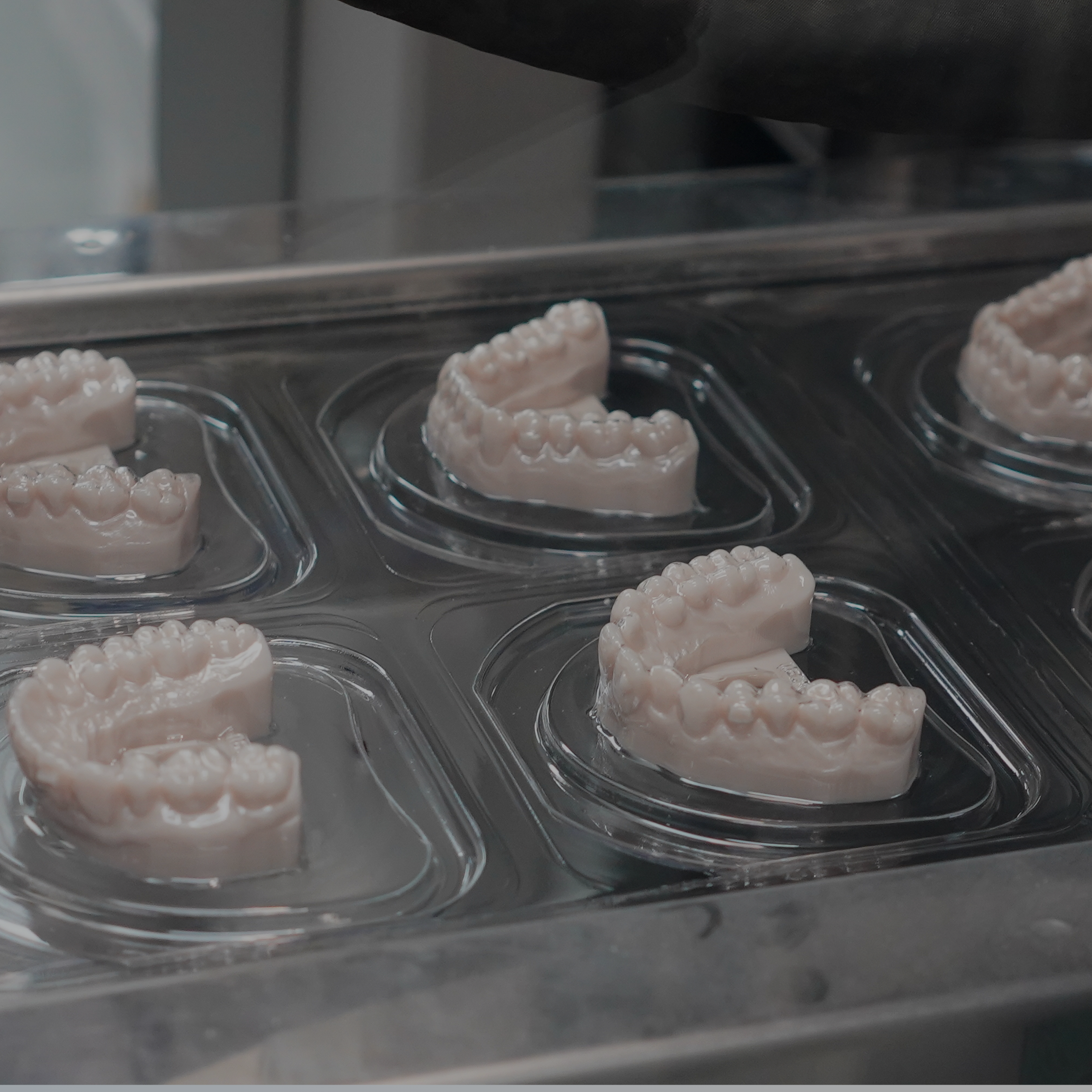
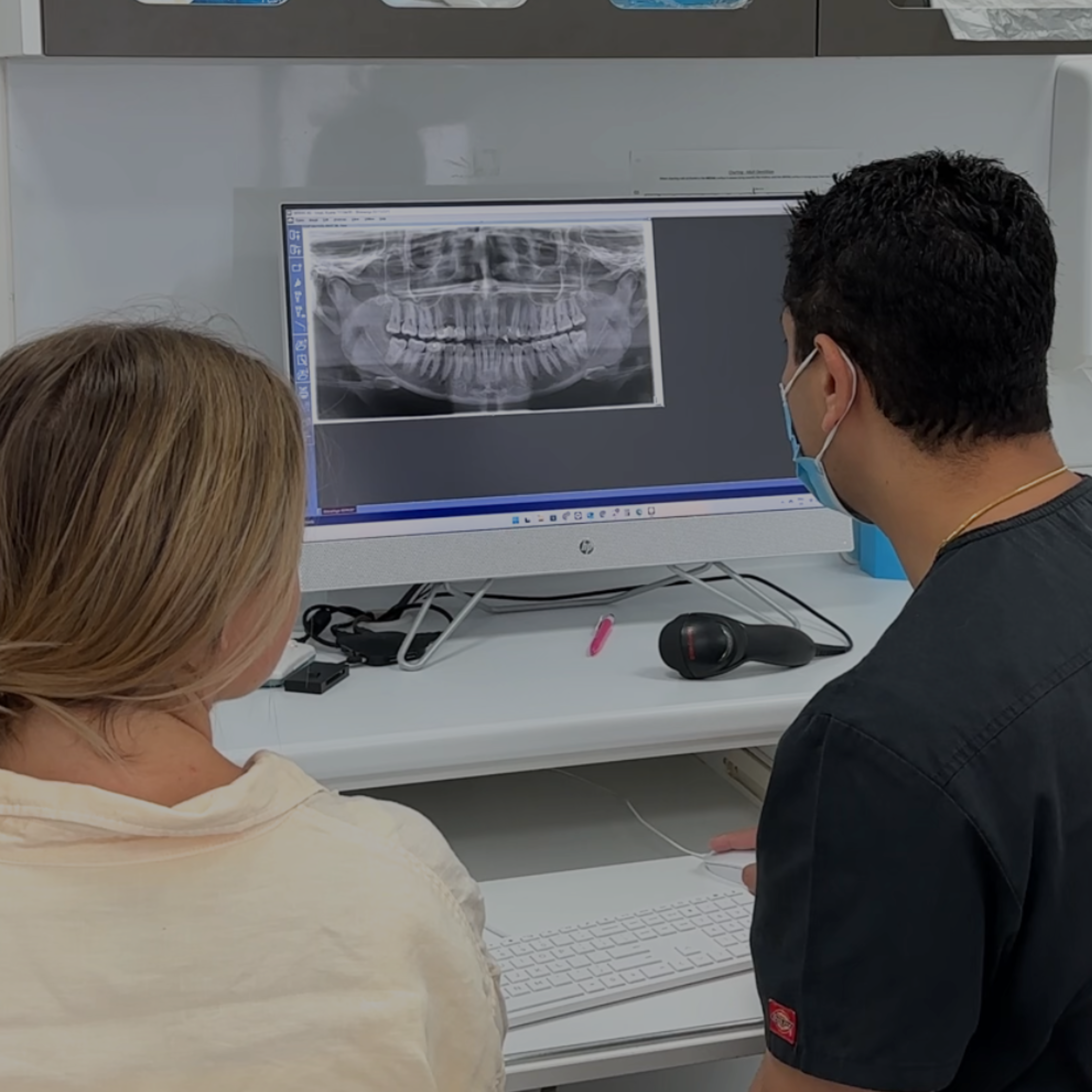

Share:
Aligners vs Braces
Learn How to Make Your Gums and Teeth Healthy Again